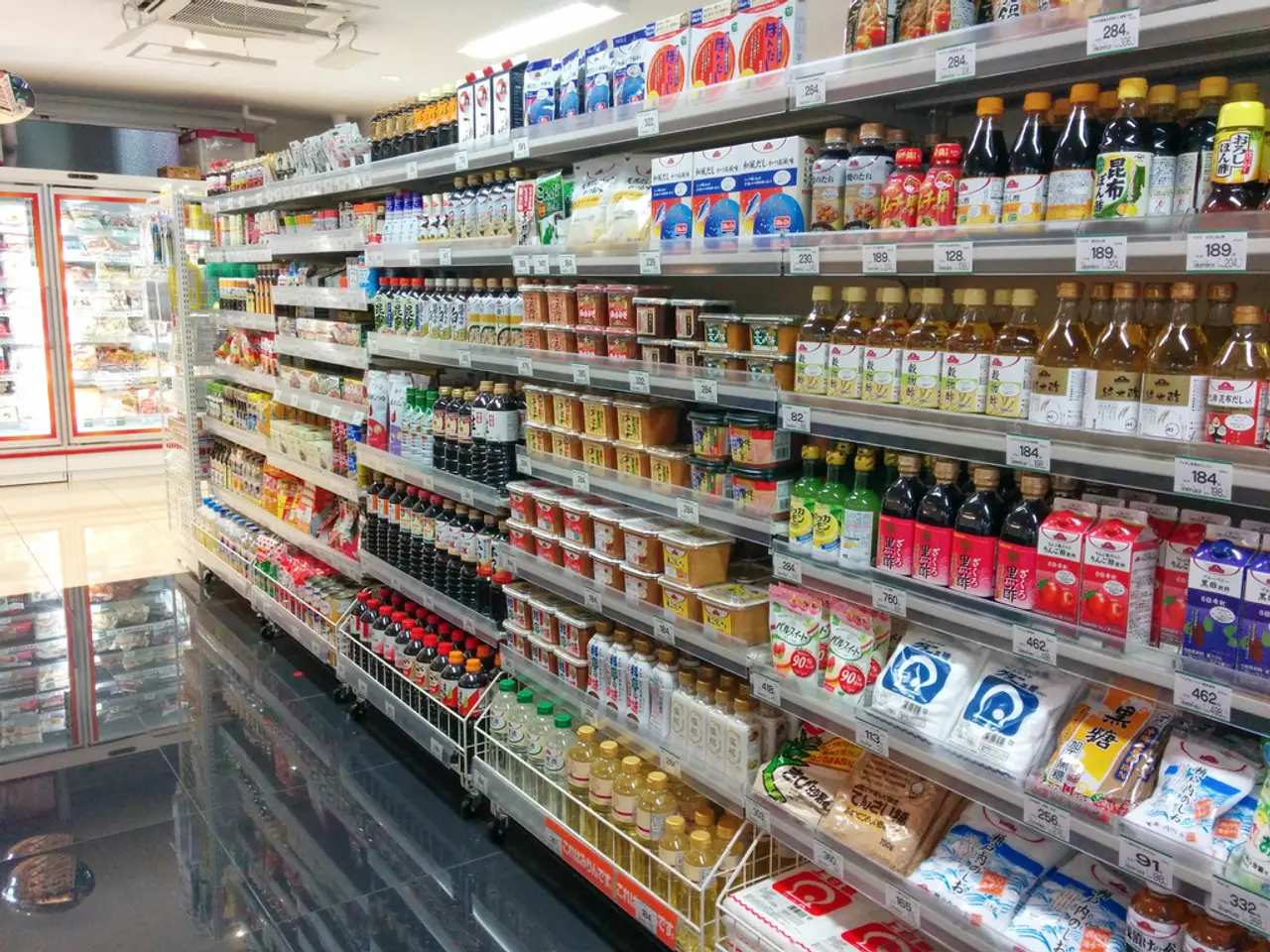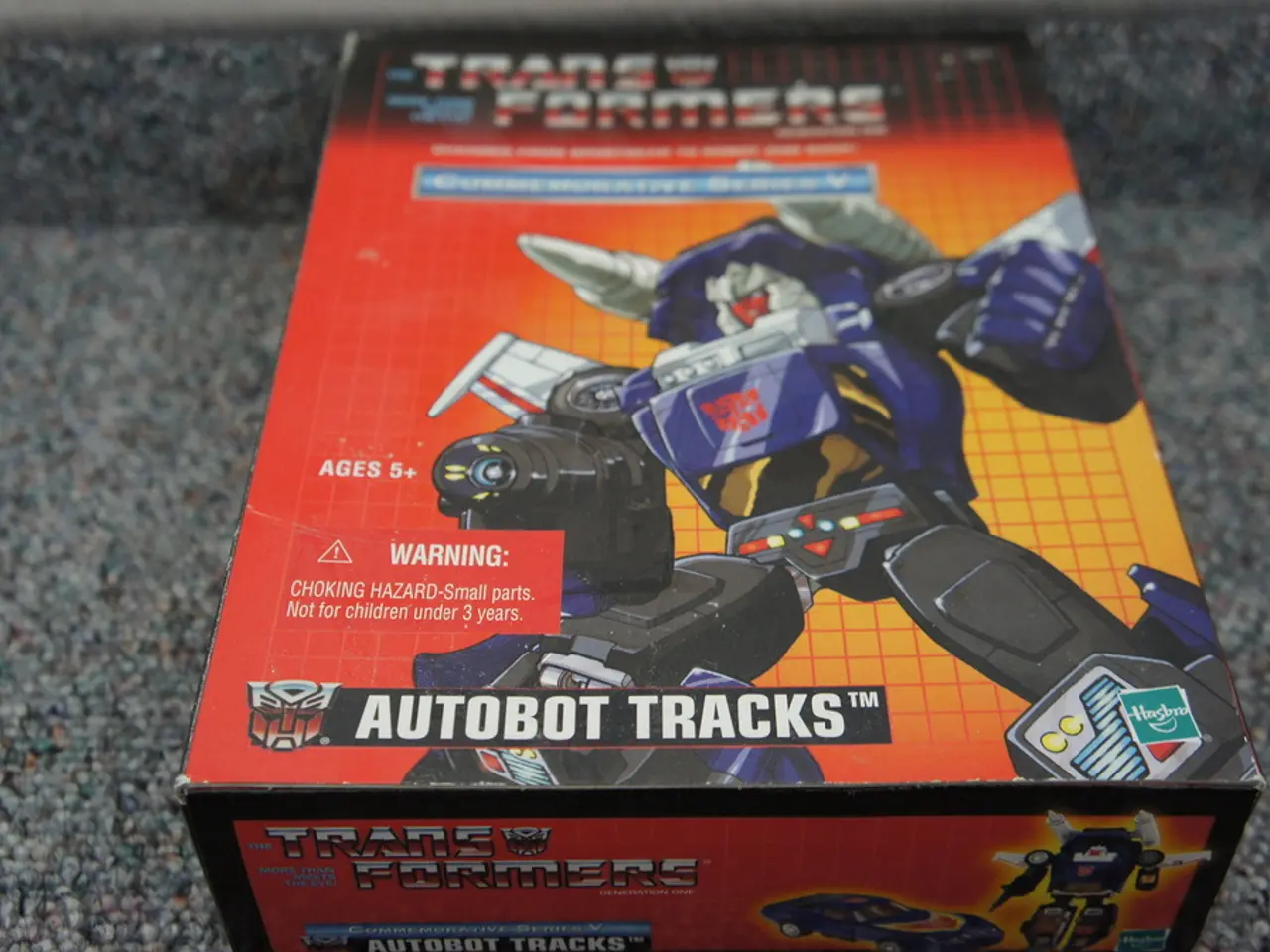The rising success of cashierless stores in Germany raises the question: could they prosper in the United States as well?
In the ever-evolving world of retail, two nations stand at the forefront of technological innovation: the United States and Germany. However, when it comes to the adoption of unmanned smart stores, distinct differences emerge, shaped by factors such as technological advancements, market trends, and cultural attitudes.
In the United States, despite a robust robotics and drone technology sector, the adoption of automation, including unmanned stores, lags behind leading countries like Germany. The U.S. ranked ninth globally in industrial robot adoption, with 285 robots per 10,000 manufacturing workers in 2022, compared to Germany’s 415. This slower uptake of automation technologies in retail and other sectors suggests that unmanned smart stores may be growing but not as fast as one might expect. However, the U.S. leads in the overall commercial drone market size, a reflection of advanced development and use of automated systems more broadly.
Contrastingly, Germany boasts a more established integration of advanced robotics, as evidenced by higher robot density in manufacturing. While specific data on unmanned smart retail stores is scarce, the country’s advanced manufacturing and robotics sector indicates a supportive environment for such innovations. The German market is characterized by strong consumer preferences for trusted retail platforms and a cautious approach to data privacy, which can influence the design and adoption of unmanned stores.
Growth trends in both countries reflect a promising future for unmanned smart stores. Germany maintains a steady growth trajectory in e-commerce sectors, while the U.S. robotics and drone industries are growing rapidly. The drone market—a proxy for broader unmanned tech adoption—is expected to grow robustly in both regions, driven by AI and autonomous system innovations.
However, cultural concerns play a significant role in shaping the pace and nature of unmanned store development and acceptance. In Germany, privacy and data protection are strong cultural values, potentially causing more hesitation around fully unmanned stores that rely on extensive customer data and surveillance for operation. In contrast, the U.S. consumer base tends to be more accepting of technology adoption but faces issues like regulatory hurdles and economic factors that decelerate industrial robot use.
The model of cashierless stores has found some growth in the U.S., particularly in the fuel and travel stores sector, with companies like Wawa leading the way. In Germany, cashierless stores require consumers to pre-register via an app or access card, similar to Costco or Sam’s Club in the U.S. This requirement may introduce friction for shoppers, but the convenience offered by cashierless stores is a significant factor in their growth.
As of July 2019, there are around 600 cashierless stores operating in Germany, with the largest share found in rural areas. Many shoppers in Germany prefer having an employee on-site as a point of contact, a preference that may impact the widespread rollout of fully unmanned, AI-driven retail environments.
In conclusion, Germany leads the U.S. in the adoption of robots and likely unmanned smart retail stores due to higher automation density and advanced manufacturing sectors. The U.S., on the other hand, shows rapid growth in related drone technologies but slower industrial robot adoption, suggesting unmanned stores may be growing but not as fast as the drone segment. Cultural factors, especially privacy concerns in Germany, shape the pace and nature of unmanned store development and acceptance. Overall, unmanned smart stores in both countries are poised for growth but currently at different maturity levels and influenced by local market and cultural dynamics.
The robust commercial drone market size in the United States, driven by advanced development and use of automated systems, underscores the nation's leadership in technology innovation, while it lags behind countries like Germany in the adoption of industrial robots, such as those used in unmanned smart stores.
Despite the growth of cashierless stores in the U.S., particularly in the fuel and travel sector, Germany boasts around 600 such stores as of July 2019, with a larger share found in rural areas, reflecting a more established integration of advanced robotics and a preference for human interaction in retail settings.




